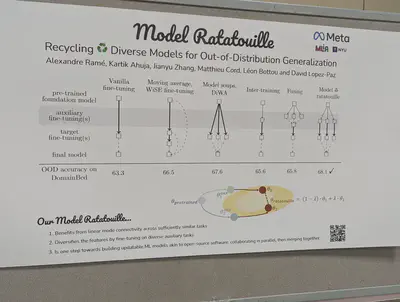ICML 2023 Recap
My top 50 posters from ICML Honolulu.
Vision
Vision Transformers
VIT-22B models have much better alignment with human visual perception: 87% shape bias versus 20-30% in prior models. Prior models were much more texture-biased.

A hierarchical VIT i.e. non-uniform feature size through the depth of the network. Also removes unnecessary bells and whistles from prior work by learning those biases instead.

VIT with global attention interspersed with regular attention

2D
Use both text and vision to improve classification of novel classes.

Learning a displacement field to learn the correspondence between photos and sketches
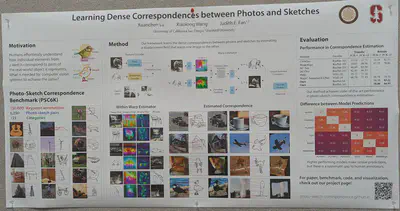
Interpretable subspaces in image representations extracted using CLIP

Measuring compositionality and invertibility for object-centric representations

Multi-view self-supervised learning analyzed using Mutual Information.

Class collapse and feature suppression during contrastive learning

The latest on hyperbolic representations.

3D
Spherical CNNs (rotation equivariant) scaled to 5e6 convolutions and 1e7-1e9 feature maps

Object pose canonicalization measured for stability and consistency. They also train on multiple object classes.

Signed distance functions learnt “provably.”

Video
Keypoint learning in videos.

Efficient episodic recall (aka “video search”).

Generative Models
Electrostatics-based generative model with better FID numbers than diffusion

Animated 3D models without any additional dataset.

Diffusion without upsamplers. Harder to train and inefficient.
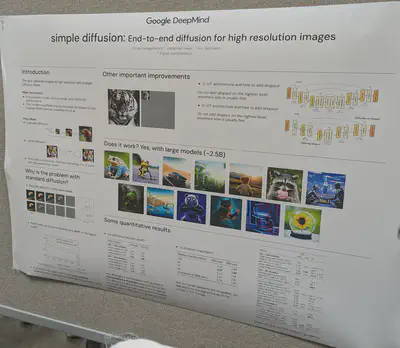
Consistency models: diffusion without multi-step denoising.

Diffusion models evaluated on one-shot drawing task.

NeRF from fewer samples using geometric invariances.
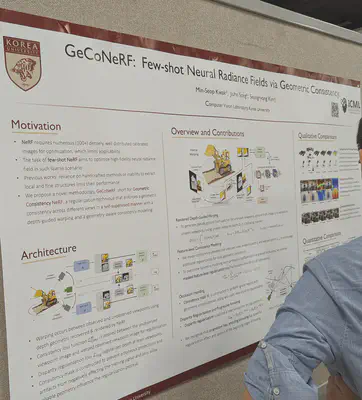
World Models/RL

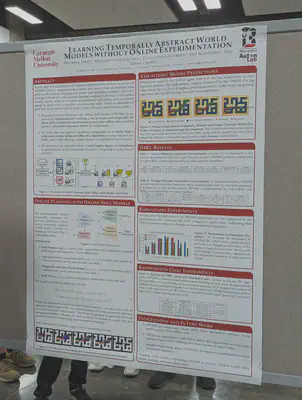



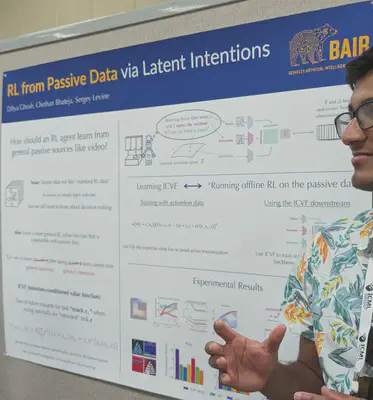
Transformers
Beautiful work showing transformers have a “lower-degree” bias toward polynomial terms of lower degree, which is somewhat counterintuitive given their pairwise attention mechanism.

Improving the focal loss by taking into account the second highest predicted logit, rather than naively maximizing entropy.

Do early layers generalize while later layers memorize? Apparently not–memorization can be localized to a small number of neurons dispersed across layers.

Characterizing training trajectories of different representation learning tasks

Is local flatness desirable for generalization? Not necessarily. There are more promising indicators such as SGD-based disagreement on unlabelled data.

Category-theory view of disentanglement

Using category theory to show that foundation models cannot be used for everything, but CLIP-like algorithms do have “creativity”

Novel architectures
Super simple long convolutions

Differentiable “if blocks”

Differentiable tree operations
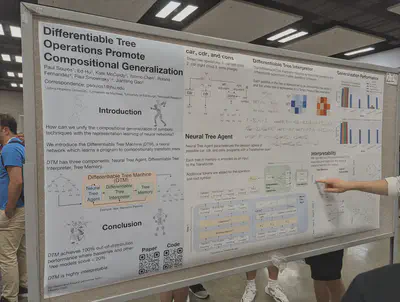
Continuous spatiotemporal transformers

Graphs
Compositionality via learnt pooling from a multi-view graph to a latent graph

Positional encodings to take advantage of edge directions


Adversarial attacks
- Independent component analysis to design an attack on federated learning
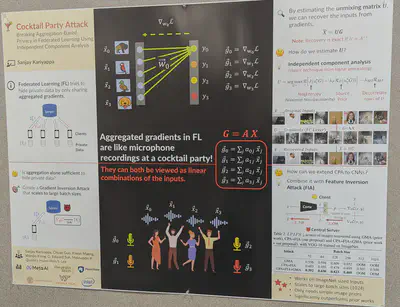

Curiosities
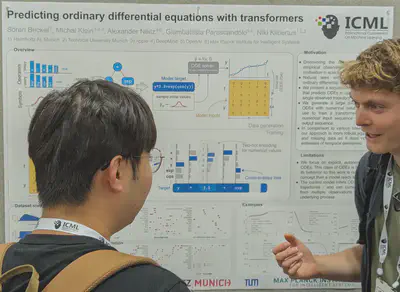
- Implicit neural representations (using spatial coordinates C or environmental features E or both) to predict presence of wildlife species.


ML on Mars for source separation to detect marsquakes!

Template + score/filter prompts for a dataset without access to labels.

A simple initialization trick for VIT-Tiny

How to fine-tune ML models in an “open-source” fashion: fine-tune in parallel and then merge
